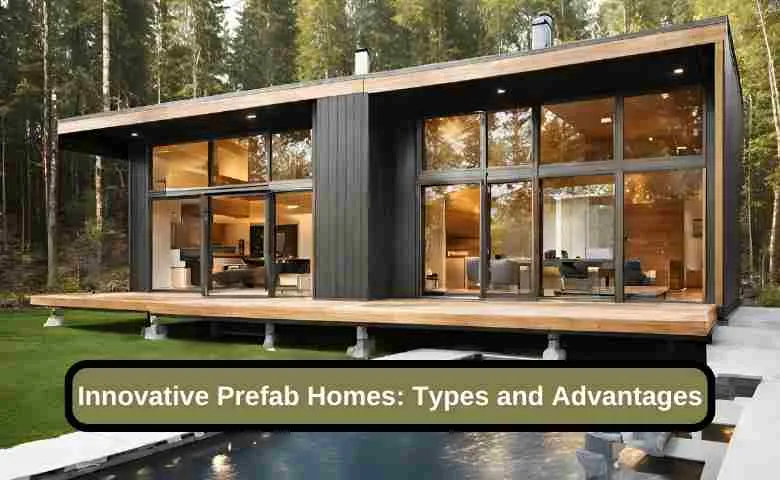Last Updated on January 5, 2024 by Admin
Welcome to the intriguing world of Prefabricated Homes, a modern solution reshaping the landscape of residential construction. These homes, known for their efficiency, sustainability, and versatility, are revolutionizing how we think about building and living spaces. In this article, we delve into the various types of prefab homes, from sleek modular options to customizable panelized designs, and explore how they offer innovative alternatives to traditional home construction. Join us as we uncover the benefits and unique features of prefabricated homes, a key player in today’s housing market.
Pre-fabricated homes, often prefab homes, represent a significant and innovative shift in the construction industry, offering an efficient, cost-effective, and environmentally friendly alternative to traditional building methods. The concept revolves around manufacturing sections or modules of a house in a factory setting, which are then transported to the site and assembled. This method has gained traction due to its numerous advantages, which I’ll explore in detail.
FAQs
Prefab is often cheaper than traditional building due to efficient, mass-production processes in a factory, reduced labor costs, and less material waste.
The cost varies, but a prefabricated 2-bedroom house in India can range from INR 10 lakhs to INR 30 lakhs, depending on the design, materials, and location.
It depends on your needs. Prefab homes offer more variety in design and are quicker to assemble, while modular homes are often more customizable and can feel more like traditional homes.
In India, a prefab house is a home built in sections in a factory setting, then transported and assembled on-site. It’s known for being cost-effective and quick to construct.
The cost varies widely based on size, location, and design. On average, pre-built homes can range from $50,000 to $300,000.
The cost of prefab houses can vary widely, typically ranging from $100,000 to $400,000, depending on size, design, and location.
Yes, prefabricated homes are generally cheaper than traditional homes due to more efficient construction processes and reduced labor costs.
Prefab houses can be purchased from various manufacturers and builders who specialize in prefabricated construction. They are often listed online and in housing catalogs.
Prefab homes can last as long as traditional homes, often around 60 years or more, especially when well-maintained.
Prefabricated homes are built in sections in a factory setting, then transported to the site and assembled. This process allows for quicker and more efficient construction.
Yes, prefabricated homes are safe and must adhere to the same building codes and standards as traditional homes.


